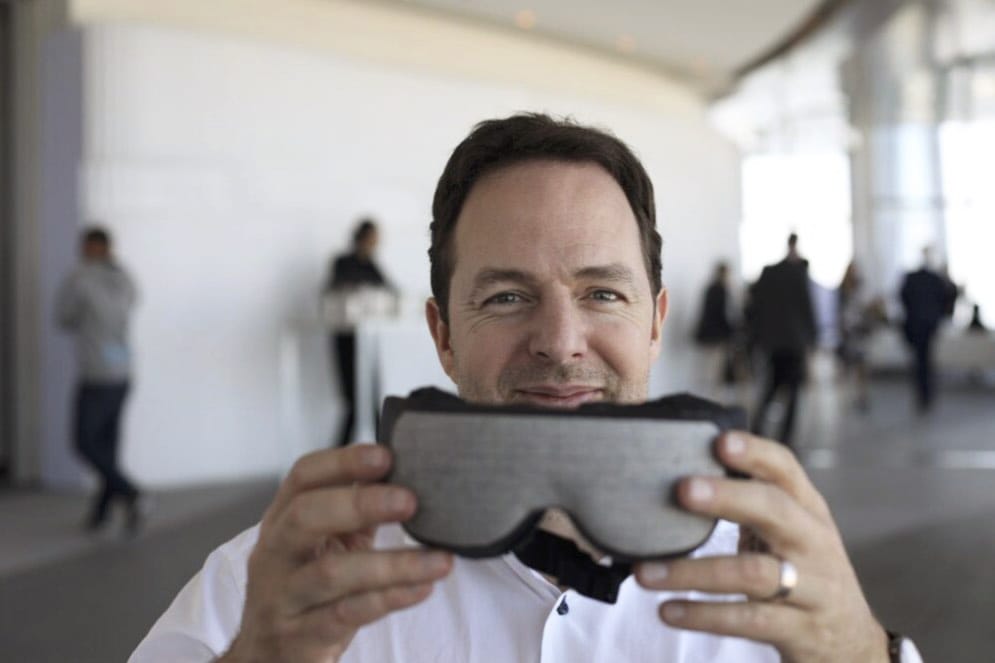After suffering life-threatening nerve damage from a car accident in 1992, Richard Hanbury WG01 devised technology to ease his pain and sleeplessness, then refined the device over the next 25 years. Sana, which looks like a sleek VR headset or ultra-padded eye mask, casts patterns of light and sound that deeply relax the brain. Because everyone’s biometrics—pulse and breathing rate, for example—are different, Sana quickly learns the unique algorithms a user needs to fall and stay asleep.
The device is so effective at relieving chronic-pain-related and PTSD-induced insomnia that Sana Health is in clinical trials with Mount Sinai Hospital, Stanford Sleep Labs, and the U.K. military, aiming to obtain FDA certification this year.
Read more from the Watchlist.

























